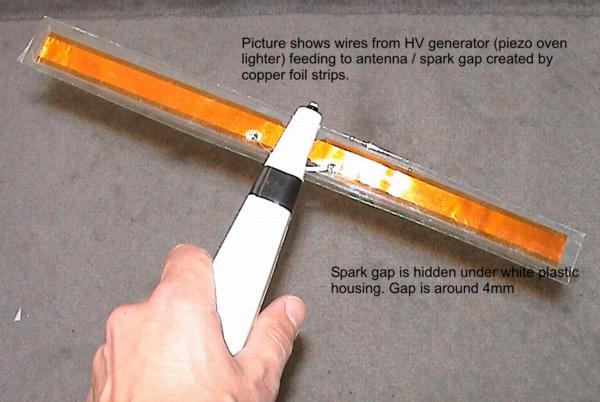
Figure 1. Piezoelectric Oven Lighter Powered EMI Source
(contributed by Edward Witte for this article)
Abstract: An easy to build and use EMI generator designed by Edward Witte is described. "Home brew" test equipment such as this can be very useful in troubleshooting equipment problems.
Discussion:Simple to build and use test equipment can be some of the most useful introubleshooting equipment in the lab. Figure 1 shows an example ofsuch an instrument. The design is related to the StaticField Powered EMI Sourcedescribed in the June 2001 Technical Tidbit on this website. In this case,instead of static charge generating the spark, the voltage is provided bya piezoelectric oven lighter. Just squeezing the handle generates multiple sparksand the resultant EMI.
In Ed's original design, a 4 mm spark gap was used. If the spark gap is made smaller,the risetime of the radiated fields will become significantly faster. Thefraction of a mm gap in the StaticField Powered EMI Sourceyields risetimes on the order of 300 ps. The radiated fields will have adamped oscillatory form with the frequency related to the length of the copperstrips for both designs.
The Static Field Powered EMI Sourcefrom the June 2001 Technical Tidbit can produce hundreds of sparks quicklyas a static charge (on a plastic cup, for instance) is passed back and forthover the spark gap while being held close to the copper foil. The automatic,Pulsed Field ESD Simulator (~440 kB pdf file)from Fischer Custom communications produces tens of impulses per second with ~200 ps risetimes. Ed finds that his EMI generator, shown in Figure 1, produces about 5 sparks per squeeze of the handle. After he reduced the spark gapfrom 4 mm to ~0.5 mm, each squeeze of the handle produced hundreds of sparks.Each of these instruments has its advantages.
Summary:This simple home built accessorycan be a useful addition to a test lab, providing a low cost troubleshootingtool. Many examples of simple test accessories, such as this one, canbe found on this website.
